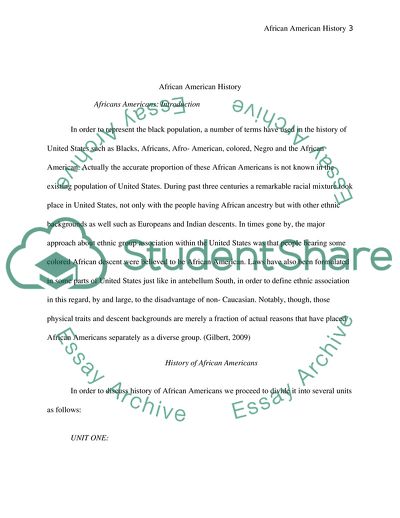Cite this document
(History of African Americans Case Study Example | Topics and Well Written Essays - 2000 words, n.d.)
History of African Americans Case Study Example | Topics and Well Written Essays - 2000 words. Retrieved from https://studentshare.org/history/1724757-history-of-african-americans
History of African Americans Case Study Example | Topics and Well Written Essays - 2000 words. Retrieved from https://studentshare.org/history/1724757-history-of-african-americans
(History of African Americans Case Study Example | Topics and Well Written Essays - 2000 Words)
History of African Americans Case Study Example | Topics and Well Written Essays - 2000 Words. https://studentshare.org/history/1724757-history-of-african-americans.
History of African Americans Case Study Example | Topics and Well Written Essays - 2000 Words. https://studentshare.org/history/1724757-history-of-african-americans.
“History of African Americans Case Study Example | Topics and Well Written Essays - 2000 Words”, n.d. https://studentshare.org/history/1724757-history-of-african-americans.


